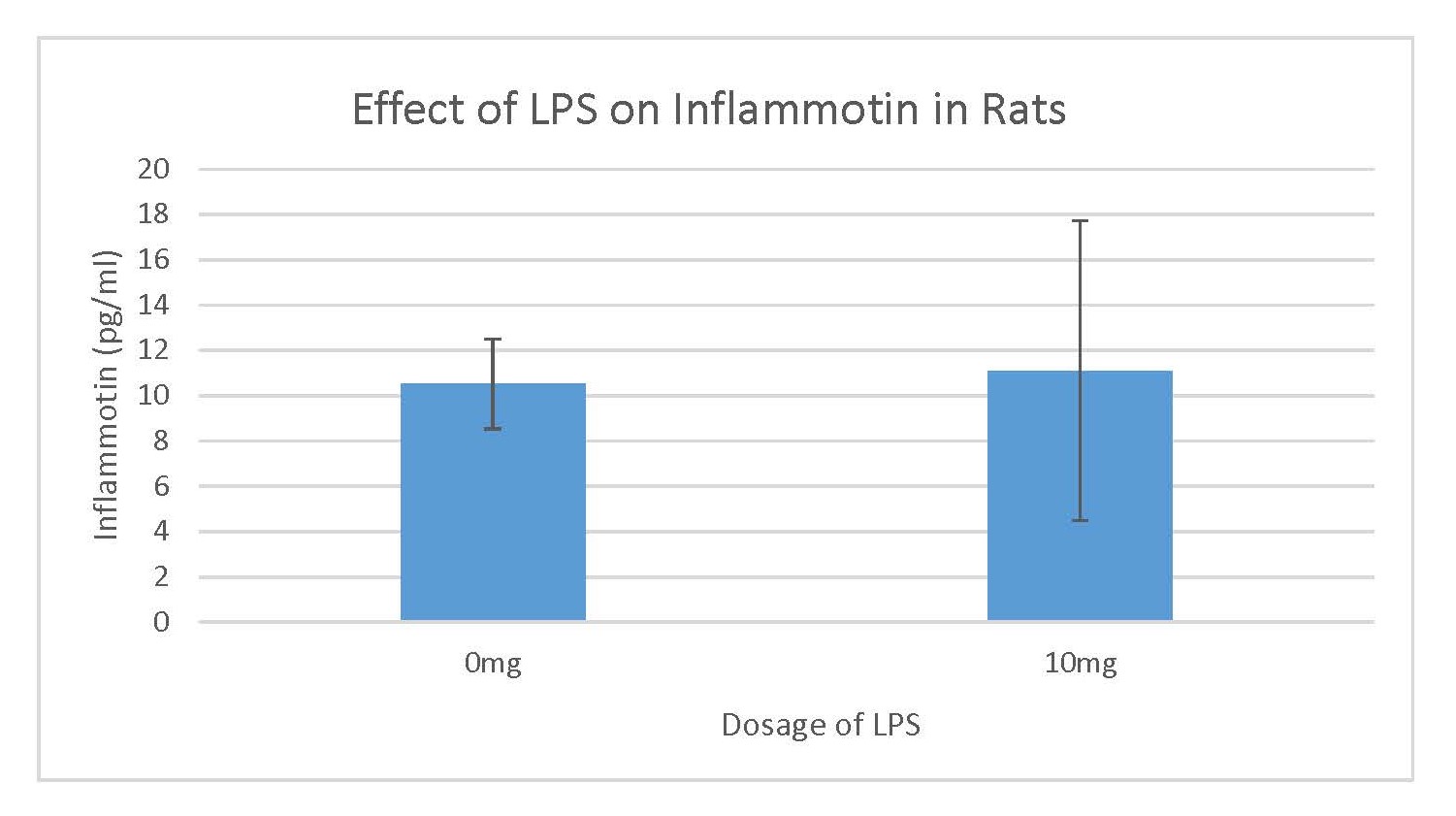BME100 f2015:Group7 8amL2
| Home People Lab Write-Up 1 | Lab Write-Up 2 | Lab Write-Up 3 Lab Write-Up 4 | Lab Write-Up 5 | Lab Write-Up 6 Course Logistics For Instructors Photos Wiki Editing Help | |||||||
|
OUR TEAM
LAB 2 WRITE-UP: Graphing and StatisticsDescriptive Statistics
Results
Analysis
Summary/DiscussionIn the human study, increasing the dose of LPS by five milligrams resulted in an almost logarithmic increase in the levels of inflammotin protein in the samples taken from the subjects. These difference were statistically significant, as the p-value obtained from the one-way ANOVA test was 1.4*10^-16, which is incredibly low. The post Bonferroni tests also have incredibly low p values (which were lower than the 5% confidence interval divided by the number of comparisons), supporting the findings of the one-way ANOVA test. This suggests that increasing doses of LPS (with the range of five to fifteen milligrams) has a large impact on the levels of inflammotin protein in humans. The rat study showed a very small difference in the levels of inflammotin protein between the control group and mice that received a ten milligram dose of LPS. This difference was not statistically significant, and therefore it can only be concluded that the dose of LPS had no significant effect on the rats in this study. It was strange that, while a ten milligram dose of LPS had a statistically significant impact on levels of inflammotin in humans, the same dose did not have a similar impact in rats. This could be due to physiological differences between the two species, age differences, or a number of other, untested factors. Still, more experiments involving rats should be undertaken to determine how LPS functions in rats, whether or not rats have a significantly different response to the drug, and if a new animal model for experiments involving LPS is needed. However, in relation to the first lab, it would appear that the smallest proven dosage of LPS needed to significantly increase the levels of inflammotin in humans is 5 milligrams. |
|||||||








